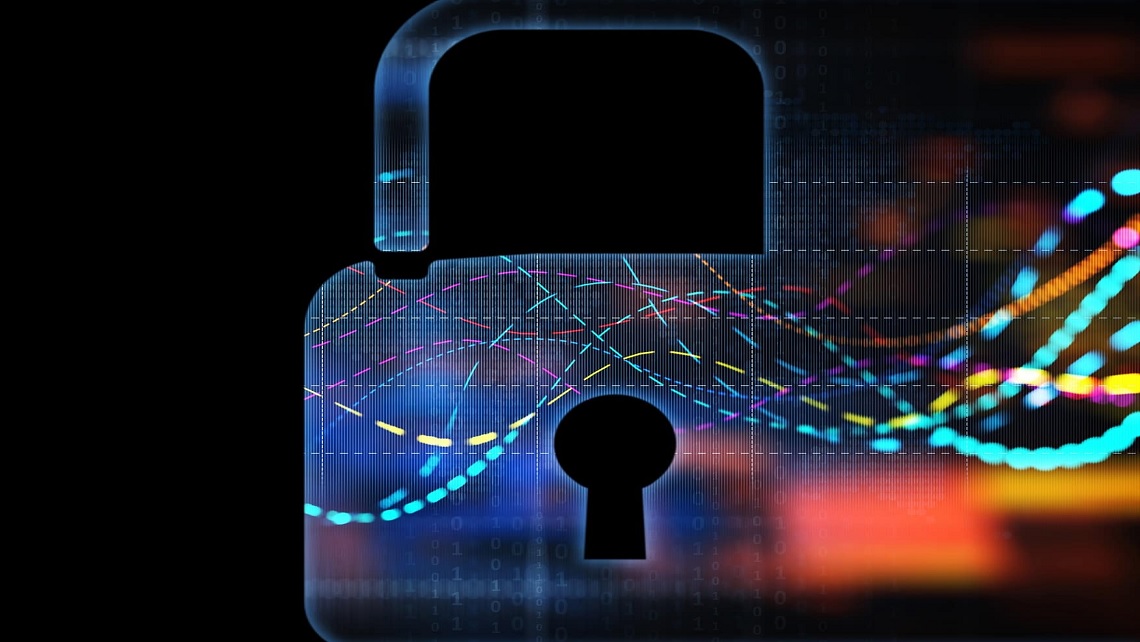The digital age has brought about tremendous advances in convenience and efficiency. Unfortunately, it has also opened the door to unprecedented levels of cybercrime.
Global organizations are increasingly targeted, with hackers ranging from teenage pranksters to organized crime groups. As a result, companies need to up their game when protecting their digital infrastructure and data.
The good news is that various technological solutions are available to combat cyber attacks today. This article will discuss some of the most effective strategies for keeping your business safe and secure in the digital age. From data encryption to AI-powered analytics platforms, you’ll learn about the options available for boosting your security posture and thwarting malicious activity. Let’s get started!
Table of Contents
Overview of Common Cyber Attacks
It’s no secret—cyber attacks are on the rise. As the world shifts to digital technologies, there’s an ever-growing need for stronger protections. But before finding technological solutions to combat cyber attacks, we must first understand what kinds of cyber attacks exist.
-
- Malware: Malware is malicious software designed to harm a computer system or access data without permission. Malware can be installed through links on websites, downloads, or shared files, including viruses and ransomware.
- Phishing: Phishing refers to fraudulent emails or messages that appear from a legitimate source but contain malicious links that can lead to malware infections or stolen information.
- Denial-of-service (DoS): DoS attacks occur when an attacker floods your network with requests, overwhelming your server and causing it to shut down temporarily. DoS attackers may also gain control over vulnerable devices to launch their attacks.
By recognizing these common cyber attack types, we can work together towards better digital protections and a safer digital world for all.
Benefits of Using Cloud Computing for Security
Given the importance of cybersecurity in the digital age, businesses and organizations need to take all the steps they can to protect their data and systems. One way they can do that is through cloud computing.
Cloud computing is a great way to protect yourself against cyber-attacks because it allows you to store and access your data remotely—which means that if someone does breach your network, they won’t be able to access all of your sensitive info. Additionally, cloud services are typically highly secure and often come with built-in security controls that can help protect against threats. They also provide backups, which means you won’t lose any data if an attack is successful.
Furthermore, cloud computing can provide users with enhanced mobile security features such as two-factor authentication, which helps guard against unauthorized access. Finally, cloud services streamline processes and make it easier for businesses to manage their security needs, allowing them to focus more on protecting themselves from potential threats.
The Role of Artificial Intelligence in Cybersecurity
These days, artificial intelligence (AI) is playing a crucial role in tackling cyber security problems. AI can detect and block malicious attempts to infiltrate networks, identify suspicious activities, and alert authorities of any errors or threats in real-time. So how does it work?
Scanning for Threats
AI-powered cyber security systems are programmed to detect unusual activities on the networks it monitors. These systems are designed to scan for threats using advanced algorithms that recognize patterns associated with malicious actors. As soon as a threat is detected, the system can take over and take action to block or quarantine the threat before any damage is done.
Detecting Anomalous Behaviors
Another way AI helps fight cyber attacks is by detecting anomalous behaviors—aka anything outside ordinary operations—across networks and systems. That could include a sudden spike in network traffic or users logging into accounts from unknown locations. AI-driven systems can recognize these anomalies and quickly alert administrators of the potential breach before any damage occurs.
Finally, AI isn’t just good at spotting suspicious behaviors; it can also be used to investigate potential attacks after they’ve already occurred. By analyzing network traffic data, AI can uncover potentially malicious activities that could lead to a successful attack—and then alert administrators so they can take action quickly.
End-Point Security Solutions and Practices
End-point security solutions are another great way to help protect your systems from cyber attacks. End-point security protects a system when it’s connected to the internet and allows companies to keep their data and networks secure by monitoring, protecting, and controlling user accessibility.
Here are just a few of the end-point security solutions out there today:
-
- Firewall Protection: Firewall protection acts as a gatekeeper between your system and the internet, controlling what type of traffic can flow in or out. It also helps protect against malicious users that may try to access info on your computer or network.
- Anti-virus Software: Malign software is always lurking around the web, so having anti-virus installed on all of your PCs, laptops, and mobile devices can help provide an extra level of protection to keep your systems safe from viruses and other malicious threats.
- Data Encryption: This is another key component of security that ensures that any data moving between devices is encrypted. So even if a malicious user could get access to it, they wouldn’t be able to decipher its contents.
- Network Monitoring: Network monitoring enables you to monitor what’s happening within your system in real time, so you can detect suspicious activity quickly before it causes any major harm.
- Access Control: Access control lets you decide who has access to certain parts of your network and helps you keep track of who has access so that if something goes wrong, you know who was responsible for it.
These are just a few examples of the technologies available for protecting against cyber attacks in this digital age.
The Importance of User Education for Reducing Cyber Threats
Did you know user education is a key strategy for reducing cyber threats? Educating end users on cybersecurity best practices is an important part of reducing exposure to cyberattacks. Nowadays, anyone who uses technology can be a potential target, from employees in large organizations to members of the general public.
So why is user education so important? It helps people understand the risks and how to navigate the digital world with caution and be better prepared for any cyberattacks or breaches that might occur. Awareness of potential threats and understanding how to respond to them can drastically reduce the risk of a successful attack.
Here are some user education components that can help reduce cyber threats:
-
- Understanding the basics of cybersecurity, such as common techniques attackers use, types of malware, and best practices for safety
- Learning techniques for recognizing suspicious behavior, such as phishing attacks or unauthorized access attempts
- Becoming familiar with software updates and patching methods used to secure systems
- Educating users on how to create strong passwords that are difficult for attackers to crack
- Knowing what type of data should be protected and understanding the value of this data to effectively secure it
- Having an incident response plan in place if an attack does happen so that users know what steps need to be taken
By providing users with adequate training on these topics, organizations will have a better chance of preventing cyber attacks before they happen and being better prepared in case one does occur.
Conclusion
In conclusion, cyber-attacks seriously threaten businesses, with potentially damaging consequences. By learning about potential technological solutions, businesses can better protect themselves from cyber-attacks and avoid the costly damages associated with them. By understanding the latest technologies available and implementing them, organizations can stay one step ahead of cyber attackers and create a secure, safe environment for their users. With the right technology, organizations can successfully combat cyber attacks.


